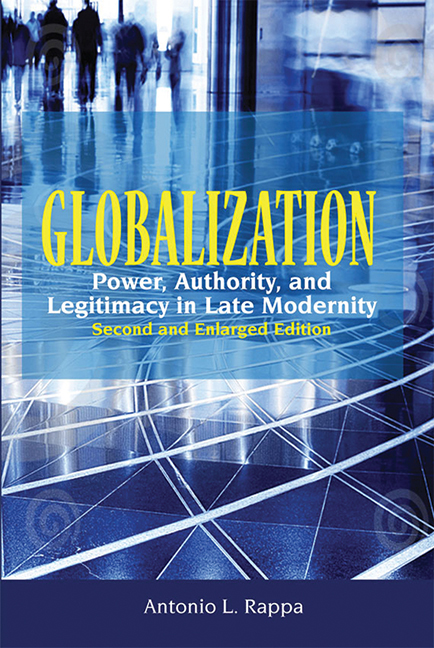Summary
Modernity has proven itself to be the accumulative basis of civilization since the Industrial Revolution in the West. The emergent European states, Great Britain in particular, began using new and complicated economic tools during the Renaissance between the fourteenth to sixteenth centuries. Italy was the centre of the Renaissance but this shifted to the rest of Western Europe. Eastern Europe was not yet ready for the intellectual and cultural changes that were associated with the Roman rebirth. The decline in Italian fortunes, the continuation of Dutch mercantilism, rising French imperialism, and the British control of international waters concentrated the loci of global power into the hands of these rapidly modernizing European states. We are told that a political explosion of European principalities concluded with the Treaty of Westphalia in 1648 which led to the mapping of universal political principles and laid the basis for modern forms of governance. A modern politics was born and exported as rudimentary experimental versions across the far-flung European colonies. The end of the seventeenth century and the beginning of the eighteenth century witnessed economic and technological developments that would reach a critical turning point, called the Industrial Revolution (IR). The IR is important to this narrative of globalization because it gives modern people a point of reference. The IR coincided and was coterminous with the political and military changes that were sweeping the world and laying the basis for internationalization and, subsequently, globalization. By the nineteenth century and right up till the early twentieth century, European historians would have us believe that only a few great powers existed. Yet, Europe was itself in the throes of turmoil and upheaval. The fin-de-siècle witnessed the end of Czarist Russia, the destruction of the short-lived Austro- Hungarian Empire, and the end of the Ottoman Empire (dating back to the thirteenth century) in World War I that ended in 1918. An immense and irreparable political culvert began undermining the old European monarchies, their power bases, and networks.
In Asia, the old absolutist monarchies were also under siege. In China, the last Chinese dynasty was fighting a powerful and hidden ideological force.
- Type
- Chapter
- Information
- GlobalizationPower, Authority, and Legitimacy in Late Modernity (Second and Enlarged Edition), pp. xii - xxPublisher: ISEAS–Yusof Ishak InstitutePrint publication year: 2011

